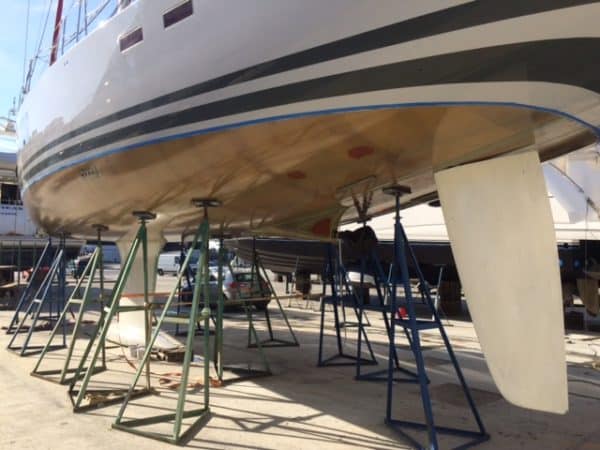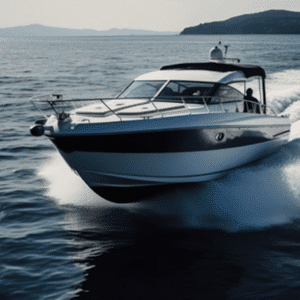Faced with the marine paint department, you hesitate.
Ablative or hard matrix? The choice depends on your use!
Choosing between ablative or hard matrix antifouling?
 You have a sailing boat in the water all year round or a motorboat going at a cruising speed of less than 30 knots. An ablative, like the A3 Yachting, is recommended.
You have a sailing boat in the water all year round or a motorboat going at a cruising speed of less than 30 knots. An ablative, like the A3 Yachting, is recommended.
An ablative will always be more versatile than a hard matrix, especially if the boat sails irregularly. It is also more effective during periods of heavy fouling or in difficult harbour conditions.
What about effectiveness?
Antifouling paints are functional (not decorative) paints. To be effective, the amount applied to the hull (excluding dilution) must be in line with the size of your boat, your usage and experience of your sailing location. For example, on boats that are in the water all year round, we recommend 2 thick coats of antifouling. In heavily soiled areas, a third coat should be applied to the waterline.
Calculate my hull surface area
To find out the surface area of your hull, and therefore the quantity to be applied per coat, go to our surface area calculator.







